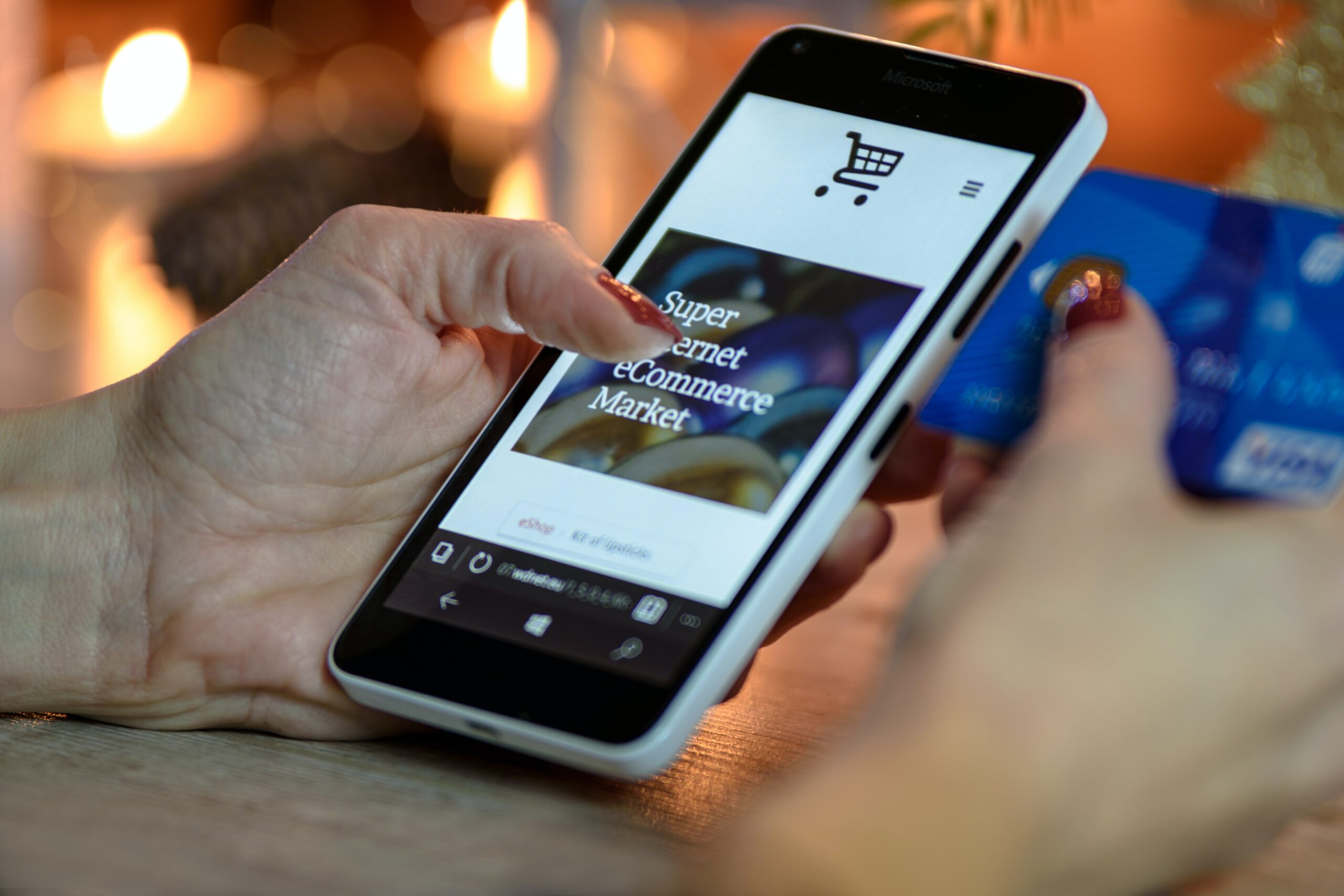Electronic commerce is also known as eCommerce, which means buying and selling goods and services or transferring data and funds over the internet. Over the past decade, eCommerce has evolved in making it easy to discover and purchase products and services from online platforms. Businesses including small and medium corporations and independent freelancers all benefit from eCommerce by selling their products and services at a scale that was least possible with traditional offline retail.
There are 4 types of eCommerce business models
These business models describe every transaction that takes place between consumers and businesses.
- B2C – Business to Consumer
This business model refers to selling goods or services to an individual consumer, retail services are created based on B2C models, i.e. your sibling buying makeup from an online retailer business.
- B2B – Business to Business
This model is based on a business selling goods or services to another business, i.e. a POS software company selling its products and services to a local shop owner or wholesaler who can sell their products to retailers or even consumers directly.
- C2C – Consumer to Consumer
A consumer sells a good or service to another consumer, in this model consumers purchase goods and services from another consumer, i.e. a person selling an old car to another consumer through the Facebook Marketplace or eBay.
- C2B – Consumer to Business
This model is built on a consumer selling their own products or services to a business, i.e. a photographer licensing their photography collection for a business to use, or a freelancer designer sells their designs for business use.
Ecommerce Forms
Variety of forms involving different transactional relationships between consumers and businesses in eCommerce as well as exchanging different types of objects as a part of these transactions.
- Subscription
Consumers pay monthly or yearly fee to use the business product or services, the automatic recurring purchase of a product or service on a regular basis until the subscriber chooses to cancel. This model mainly focuses on customer retention over consumer acquisition.
- Dropshipping
Product manufactured and shipped to the consumer by a third party for sales is known as dropshipping.
- Crowdfunding
This model is based on collecting money from customers in advance to manufacture the product or monetary assistance in building up a startup and launching it to the market.
- Digital products
The products are not available in the physical form and can be used as digital-only, i.e. e-books, design templates or any form of media that can be purchased only after getting licensed to use.
Contact Us Today! We will be more than happy to discuss how to develop your eCommerce or Web Development needs that contribute to your business growth.

